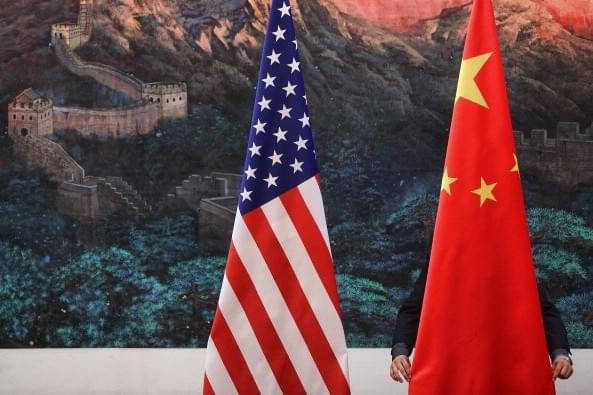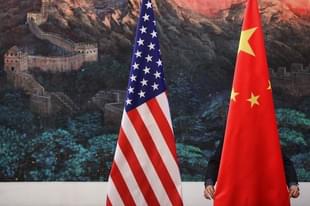Defence
India-China Standoff: Why US And Chinese Officials Are Trading Barbs Over Tensions On LAC
Swarajya Staff
Jan 16, 2023, 01:00 PM | Updated 01:00 PM IST
Save & read from anywhere!
Bookmark stories for easy access on any device or the Swarajya app.


Tensions between India and China along the Line of Actual Control (LAC) have escalated in recent weeks, with the attempted incursions by Chinese soldiers in Arunachal's Tawang in December last year adding to the already ongoing standoff in eastern Ladakh that began in May 2020.
Now, officials from the US and China are trading barbs over the issue, with US officials criticizing China for not taking "good faith steps" to resolve the conflict, and China pushing back against the US for getting involved.
During his visit to India, senior US official Donald Lu said that China has not made positive moves to resolve the conflict, and referred specifically to recent attempted incursions by Chinese soldiers in Arunachal.
He added that the US will continue to stand with India on this issue.
"In 2020, when the Chinese military attacked an Indian border post in the Galwan valley, the US was the first to criticize Chinese aggression and to offer support to India," Lu, the US assistant secretary of state for South and Central Asian affairs, has been quoted as saying.
In response, a Chinese embassy spokesperson said that the US official's allegations against China were made "without any factual basis" and that there is no role for a third party in resolving the military standoff on the LAC. "We hope the US could do more things that contribute to regional peace and stability," said the spokesperson.
The Chinese comments also come months after China reacted sharply to similar comments by the commanders of US Army Pacific General Charles A. Flynn, who had referred to PLA moves in its region as “destabilising and coercive behaviour” on an “incremental and insidious path”.
The then-Chinese MFA spokesperson Zhao Lijian, who has since been posted as Deputy Director General of Border Affairs, had said that the U.S. was “trying to add fuel to fire” and called Gen. Flynn’s comments “despicable”.
The US has been supportive of India's position on the LAC and has provided both material and intelligence support to India during the Doklam standoff of 2017 and the ongoing tensions in Eastern Ladakh since May 2020.
This support from the US has likely irked China as it has been trying to change the status quo along the LAC using military force but has not achieved much apart from an increased Indian presence and surveillance along the border.
China has also expressed strong opposition to the Quad, a grouping of India, Australia, the US, and Japan, which Beijing sees as a part of the United States' strategy to contain China.
Analysts believe that China's continued aggression on the LAC is partly driven by India's growing closeness to the US, both bilaterally and as a member of groups like the Quad.
China's recent statements and actions reflect its growing frustration with the US-India alliance, which it perceives as a threat to its ambitions.





